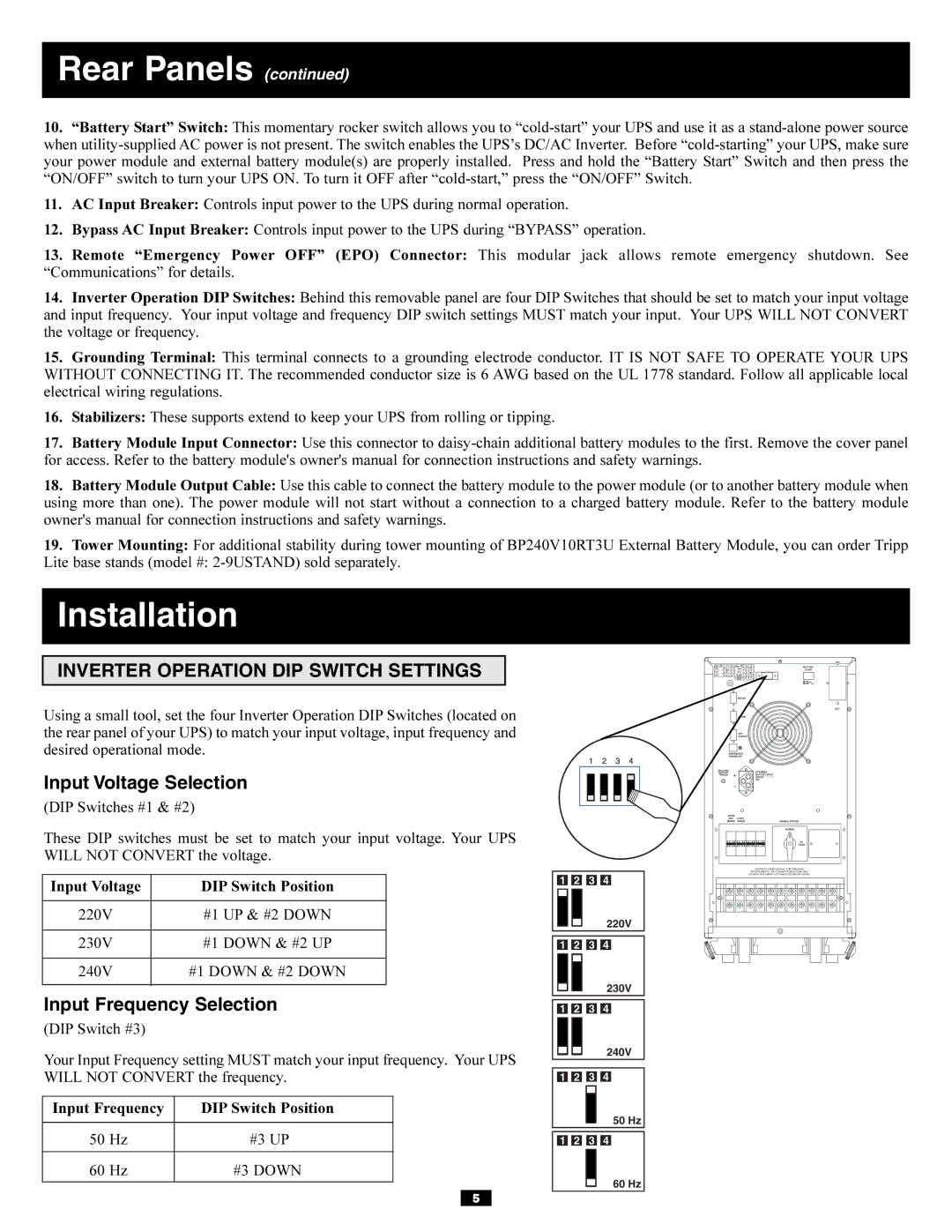220/230/240V AC / 12W specifications
Tripp Lite 220/230/240V AC / 12W is a versatile power solution designed to meet the needs of various electronic devices in both residential and commercial settings. This power adapter is particularly suited for users who require a steady and reliable supply of power to their equipment. It is ideal for powering network devices, security cameras, LED lights, and other low-power electronics that operate efficiently on 12 watts.One of the standout features of this power adapter is its wide input voltage range. Operating on 220 to 240 volts AC, it is compatible with a variety of international electrical standards. This design makes it an excellent choice for travelers or businesses with operations in multiple countries. The compact and lightweight form factor allows for easy transportation and installation, making it a user-friendly option for those who need to set up power quickly and efficiently.
The Tripp Lite 220/230/240V AC / 12W is built with advanced technologies that prioritize safety and performance. It includes built-in surge protection that shields connected devices from voltage spikes and surges that can occur during electrical storms or sudden power fluctuations. Additionally, the adapter features over-current protection, which helps prevent overheating and damage to both the adapter and the devices it powers.
Another significant aspect of this model is its energy efficiency. It complies with various energy efficiency standards, which not only helps in reducing electricity bills but also minimizes the environmental impact. The unit operates with low power consumption, ensuring that it provides a stable output while being economical.
In terms of usability, the Tripp Lite adapter boasts a simple plug-and-play design. Users can easily connect their devices without the need for complex setups or additional tools. The durable construction further ensures longevity, making it a reliable choice for both personal and professional applications.
Overall, the Tripp Lite 220/230/240V AC / 12W power adapter stands out due to its combination of versatility, safety features, energy efficiency, and ease of use. Whether for home or business use, it provides a dependable solution for powering low-wattage electronic devices.

